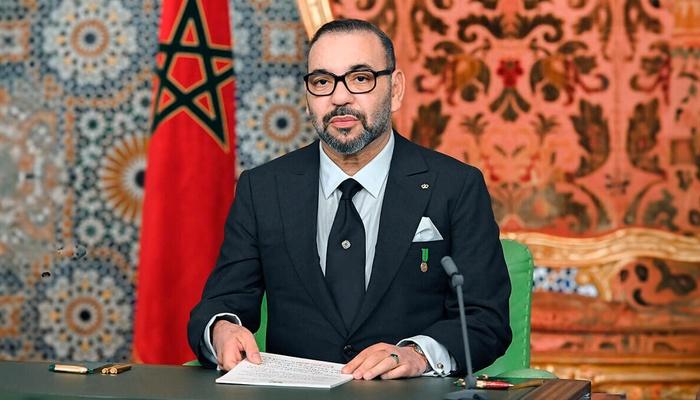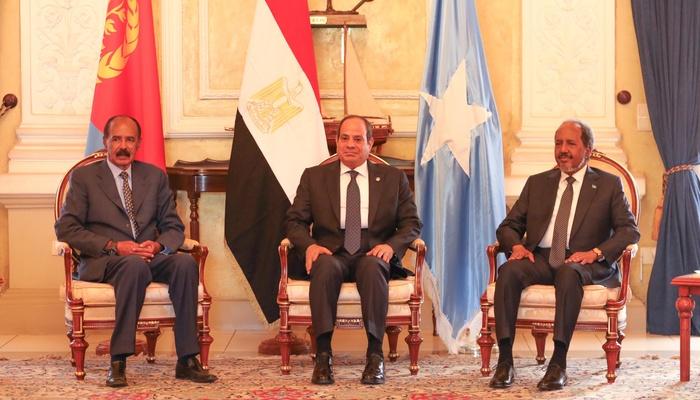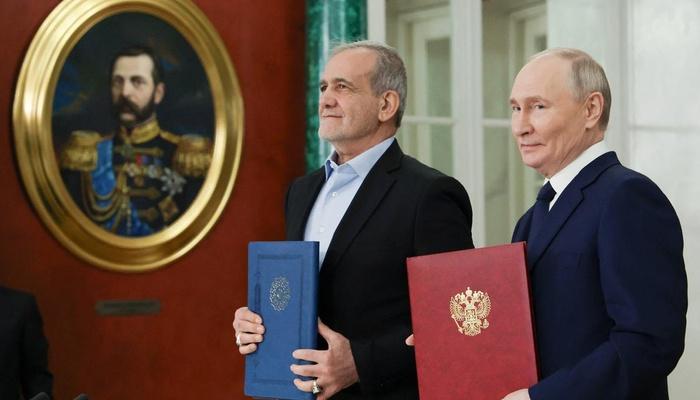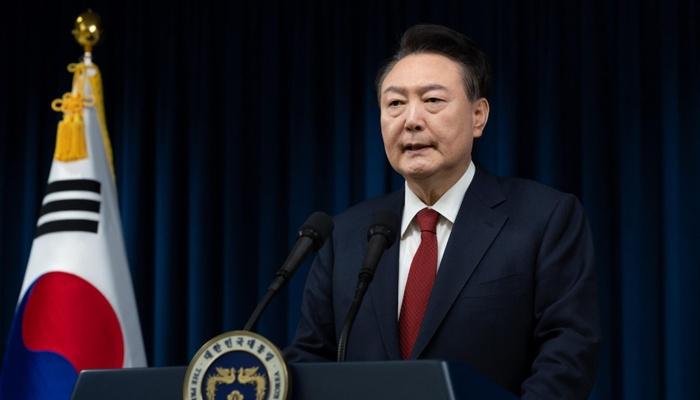After the caliphate: assessing Islamic State’s business model
Considered the wealthiest terrorist group in history, the Islamic State (IS) gained billions of dollars in revenue last decade, establishing a caliphate roughly the size of the UK and having a population of about 9 million. Centered in Iraq and Syria, the group developed as an armed and centralized entity, exerting control over territories rich in resources and host to a taxable population. This combination of factors allowed the implementation of an ambitious financial strategy. Since then, the sustained pressure campaign mounted by the International Coalition has gradually eroded IS’ territorial dimension – the hallmark of the organization. In March 2019, the group lost its last sliver of territory in Baghouz, Syria, forcing a downgrading from territorial caliphate to a capable insurgent movement.
Yet, reports of increasing activities in many parts of Iraq and Syria continue to emerge, particularly in the last few months. Both quantitatively and qualitatively, IS’ recent attacks are nothing close to the potency and reach characterizing the group’s caliphate apex. Nevertheless the current operations and capabilities, and the associated degree of threat, must be measured according to what IS’ status is today. In fact, despite the loss of its territorial dimension, it remains a financial powerhouse. It still retains a global finance network and can rely on a significant revenue-generating capacity to equip its regenerated insurgent force and conduct complex operations.
When analyzing IS resilience and its ability to earn money even without exclusive access to swaths of territory, it is important to consider what has always been the mainstay of its business model, namely financial self-sufficiency. Over the last decade, a great share of the group’s funding has come from local sources, exploiting capital and labor from within the territory and population under its direct or indirect control. This deliberate choice was part of a financial and political strategy which served a twofold objective, thus increasing its resilience. It aimed at minimizing its dependence from both formal international financial systems and external donations, and it bolstered its popular legitimacy through the implementation of a real system of governance (a parallel system apart from the caliphate phase). Indeed, IS’ tendency to legitimize statehood has been key to the exploitation of natural resources, including agricultural activities, primary industry in both Syria and Iraq. Taking over agricultural production and supply chains and providing food to civilians, while replacing the state in its basic functions, it also creates a patron-client relation with the local population, guaranteeing at the same time a constant flow of cash and solid political compliance.
Now that IS has reoriented itself as an insurgent movement, there is a different financial profile of basic revenues. Formally, the correlation between territorial contraction and a reduction of revenue streams represents a double-edged sword. On one hand IS can rely less on two important sources of revenue, the exploitation of major oil fields and the tax collection over citizens. It is estimated that the group raised $350 million in annual tax revenue during its peak years (2014-2015). On the other hand, acting as insurgents freed them from some fixed costs associated with the system of governance, allowing a redistribution of funds on terrorist activities. Nevertheless, the collapse of the territorial caliphate did not destroy IS’ finance structures, it rather changed its configuration.
After the loss of Raqqa, IS’ de facto capital and stronghold in Syria, the organization relocated around the Syrian desert, near the Iraqi border. Here, the remoteness of the areas hobbled its ability to tax millions of citizens, fining them for violating Islamic State rules or charging them fees for services. The group, however, has retained the ability to generate revenue through criminal activities: kidnapping-for-ransom, taxing human trafficking and smuggling oil. Additionally, it managed to preserve money, and even increase it, by diversifying revenue sources. When the caliphate began to collapse the group started channeling money into legitimate businesses. From real estate and car dealing to fish farming and currency exchanges, IS has been penetrating several areas, offering a lump amount of money and taking back a cut from the profits. It has been estimated that it drew $4 million monthly from its real estate investments in Baghdad alone. Moreover, IS has been reported to have bulk-stored cash, buried throughout Iraq and Syria. Before battles reached the cities, IS used to move and store money elsewhere. This is exactly what happened in Mosul and Raqqa and lastly in Abu Kamal, in the Deir al-Zour Governorate of eastern Syria. In July 2019 a U.N. report estimated IS residual wealth to be as much as $300 million, a clear sign of how the group still relies on the massive windfall that it built up during the height of its power.
This is reflected in the recent escalation of IS’ military operations. In fact, since the battle of Baghouz in March 2019, the group claimed responsibility for more than 2,000 attacks in both Syria and Iraq after a decline in activities during the last phase of the caliphate. These signs of tactical recovery can be easily associated with the decreasing number of counterinsurgency operations which left IS to act without being targeted or chased from hideout to hideout. As a consequence, the group has been getting more and more ambitious at the local level. Close observation of operations in 2020 shows that IS has a very strong base in the Deir al-Zour region in Syria and the Diyala province in Iraq. This comes as no surprise since these sparsely-populated regions have gradually become home to the group since 2016. If IS has never been completely removed from Deir ez-Zour, Diyala is among the first areas were the group re-established itself as an insurgent actor after the dissolution of its State-like structures there. However, the current trend shows that the group is projecting greater confidence in villages and suburbs across both countries, signaling a potential gradual recovery on a wider scale.
In Syria, the spread of violence seems to be centered on the east side of the Euphrates River, especially in the Deir al-Zour area. Here, the security vacuum and the terrain of desertic and scarcely-populated areas provided IS with an optimal environment for ‘remaining and expanding’. However, the singularity of Deir al-Zour derives also from other factors. On one hand the region is rich in oil and gas fields, making up about 50 per cent of Syrian production. During the ‘caliphate’ it used to be IS’ main oil-producing area in Syria. By smuggling it into neighboring countries, selling it in local markets and to the Syrian regime, the group earned about half a billion dollars a year in 2015. After IS lost its major oil fields, it has retained the ability to extract revenue from oil transport and trafficking. On the other hand, a key factor in the equation is represented by demography. Deir al-Zour is almost exclusively Sunni Arab but the region is also home to local tribes (Baggara, Busaraya, Ougaidat) spanning in both sides of the Euphrates and having family relations in major cities such as Aleppo, Raqqa and Hasaka. To secure their loyalty and using it as implicit leverage in other areas, IS has been employing a carrot-and-stick approach, quite often with oil income as carrot and violence as stick. This became especially true with Busaraya tribesmen, which generally adopted an anti-IS stance. Contrarily, the Ougaidat and Baggara relationships with IS remained largely utilitarian, aimed at keeping their oil proceeds or maintaining leverage within the tribal system. However, IS is still using scare tactics to coerce local villagers. Accordingly, the group has been keeping up with regular extortion, blackmailing people into paying ransoms under the pretext of Zakat, re-imposing taxes and confiscating and burning large quantities of tobacco in Deir al-Zour countryside. This extortionist method together with similar aggressive activities is likely to gain psychological dominance over the local populations; a tactical strategy aimed at making IS the local power broker, one village at a time.
In Iraq, the Islamic State’s status appears to follow the same trend. As of early 2019, the group had already started regrouping and rebuilding its local network. As it was mentioned above, Diyala continues to be the epicenter of IS attacks and criminal activities. An example is the recent spate of arson attacks against crop fields in May 2020, similar to those that happened last year. Targeting cropland and scorching farms is part of IS strategy at disrupting the local economy, intimidating the civilians, and punishing whoever refuses to pay taxes. Unlike Syria, the disengagement of the US-led coalition forces, the repositioning of Iraqi forces to urban redoubts, and lastly the increasing freedom of maneuver provided by the coronavirus emergency, have seized significant openings. In Kirkuk, Diyala and Salahuddin governorates, from where IS has been expelled early on and security gaps have been consolidating, the growth of IS presence could result in an accelerated expansion towards major Iraqi highways towards Baghdad and Samarra. These have always been of crucial importance to the group’s interests, currently providing it with up to $3 million a month from tolls imposed on transportation, legal and illegal business dealings and smuggling operations. Gaining influence in surrounding cities would in turn enable IS to target commercial trucks, tankers, civilians, electricity and internet networks; an essential share of income in the group’s new business model.
Ultimately, the Islamic State’s caliphate was never just territorial. Controlling territory would support and enable these activities, but it is far from a prerequisite. A significantly lower operating budget, continued flow of revenues and large cash reserves have made the group financially secure, at least for the foreseeable future and given the current pace of activities. Despite financial setbacks, the group’s knack for fundraising through criminal activities is still at the core of its own survival and showed its ability to adapt to changing circumstances. Additionally, the recent spike of violence and operations in both rural areas and suburbs, show that IS no longer faces strong restrictions on its movement and presence. Contrarily, increased mobility and visibility on a local level might indicate that the group has entered a new phase of recovery.









